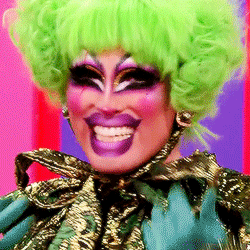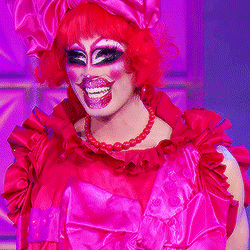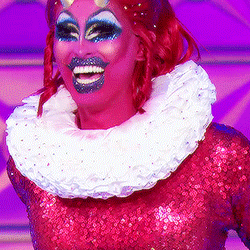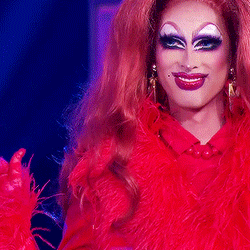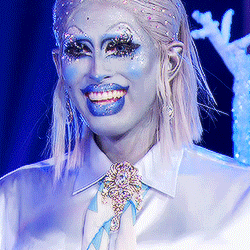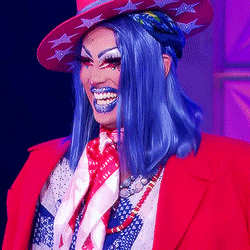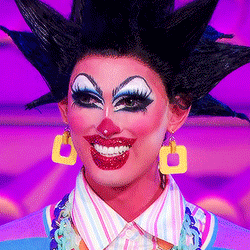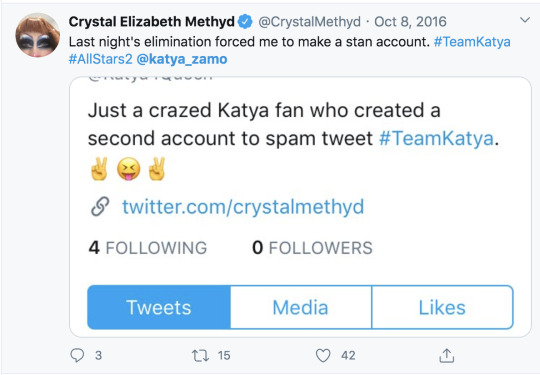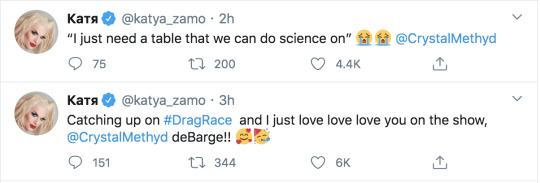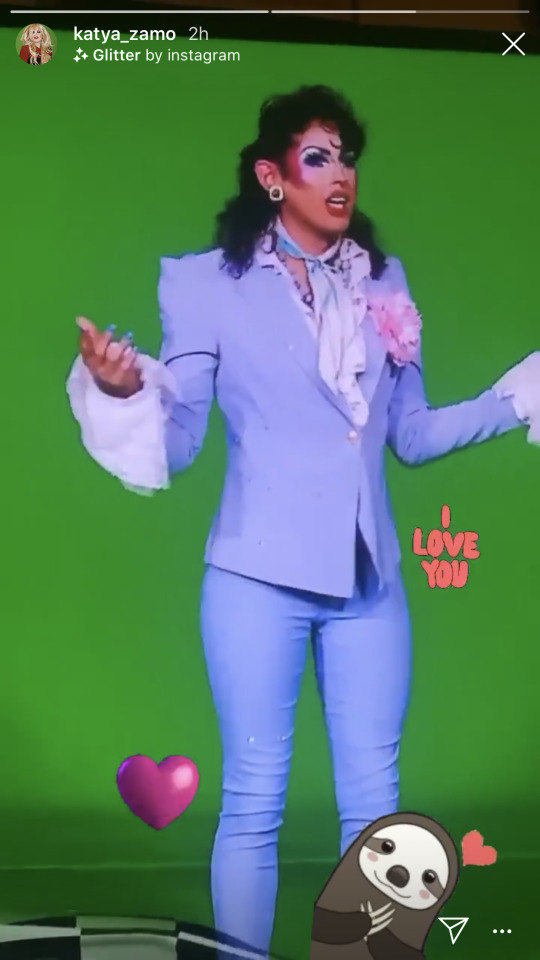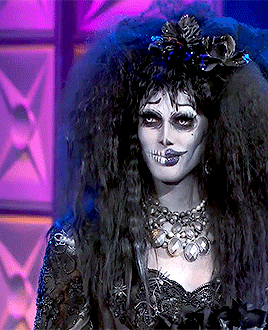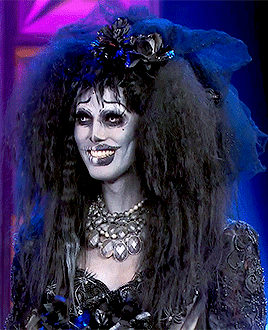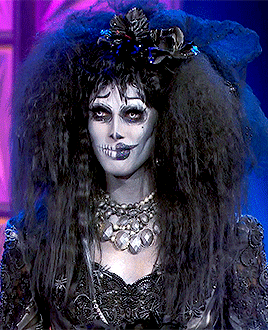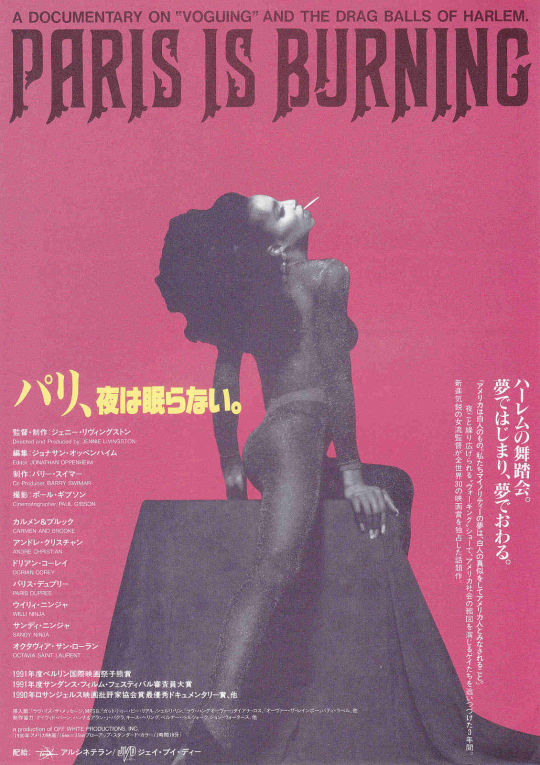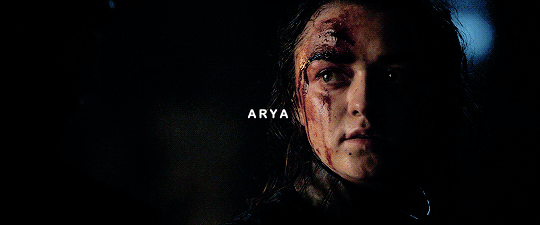Photo


motorcycle girl
(do not repost or reuse my art)
2K notes
·
View notes
Photo
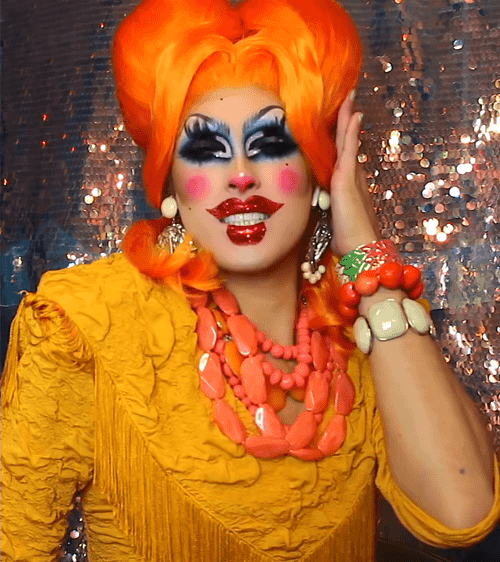

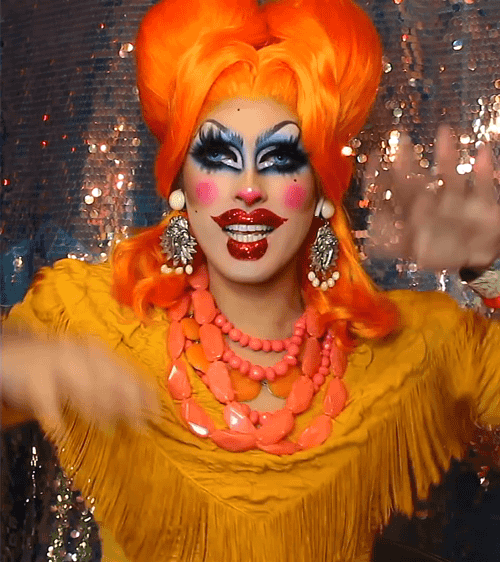
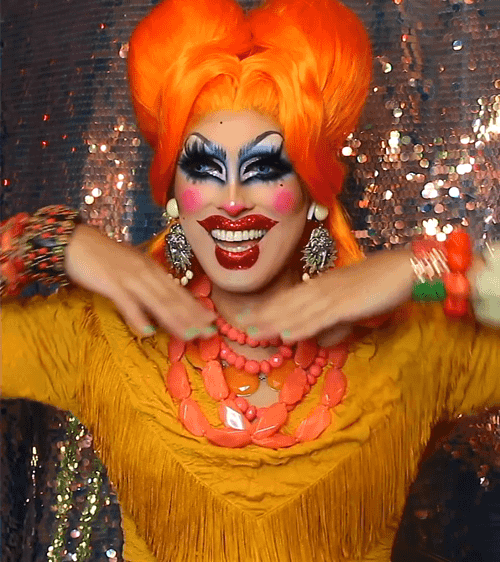
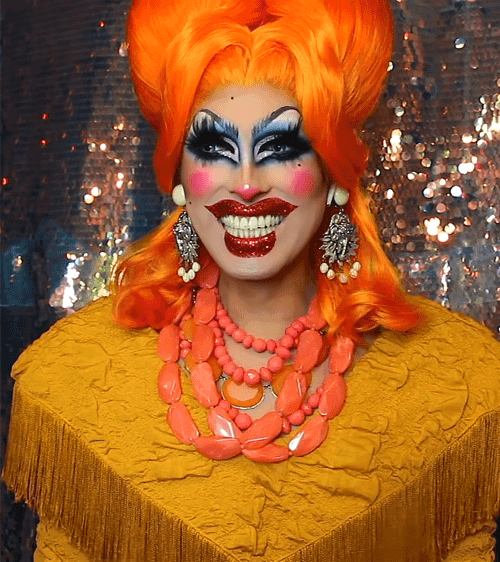
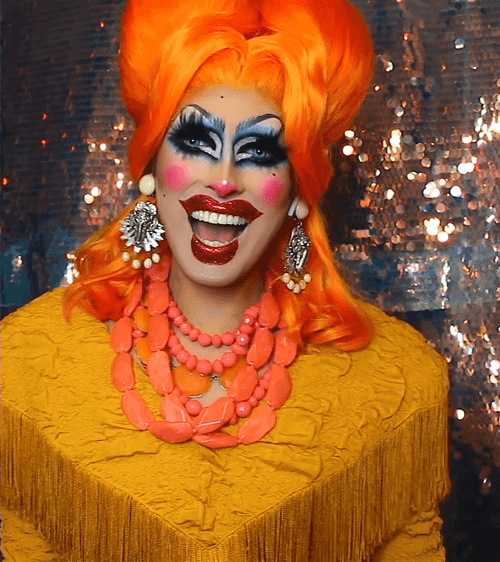
Crystal Methyd in NikkieTutorials’s “CRYSTAL METHYD Transforms Me Into NIKKIE METHYD”
962 notes
·
View notes
Photo
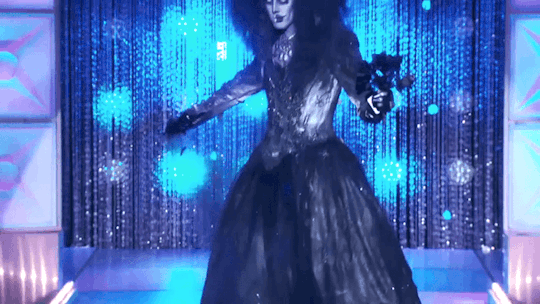
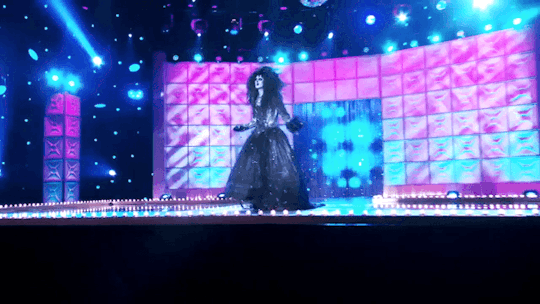

“I’m serving an undead bride who just dug her way out of her grave to find her love. I think I look drop dead gorgeous.”
Crystal Methyd - S12 E8: Droop
918 notes
·
View notes
Text
From Speaking for Towards Listening to Iranian Protesters
At least two hundred and eight Iranians have been killed due to protests that began on November 15, 2019 (Amnesty 2019). The protests emerged initially because of the backlash towards the abrupt increase in fuel prices. However, as a result of the Iranian government’s deadly crackdown on protesters and the prohibition of the internet, the number of protestors increased. Moreover, diverse concerns exceeding gas prices reached the forefront such as poverty, unemployment, women’s issues and more. The media has been a tremendously beneficial tool in representing the concerns of the Iranian protesters, notably, western news outlets and social media coverage. The representation of these protests has not only been extensive but also accurate in representing the true concerns of Iranian people, compared to the news media coverage of the 1979 Iranian women's movement. For this reason, I believe that the contemporary representation of Iranian protests through the various outlets that exist as well as social media has been extremely empowering, rather than the preceding approaches of representation that were borderline demeaning. I will begin this blog post by first explaining representation methods that are problematic by using examples of the 1979 Iranian women’s movement. Next, I will compare this to the recent coverage of the 2019 Iranian protests and provide context towards why this form of representation is empowering. Lastly, I will provide a concluding statement on how we can move forward with solidarity in mind.
The 1979 Iranian women’s movement marked a period in which western media presumed that Iranian women were emerging “to their senses” and standing up against Islam and its “oppression” towards women by fighting against the new Islamic leader (Chan-Malik 119). Sylvia Chan-Malik explains how media coverage at the time failed considerably in accurately resonating with the concerns of a large majority of the population within the protests. For instance, media coverage spoke for Iranian women by stating they were fighting for the “same things as women from the west” (119) such as equal civil rights, abortion, child-care. Although in actuality, a larger majority of protestors continued to be rallying against the same issues they had been plagued with since before the Iranian revolution (123). The issue with the representation in 1979 is through the ways it was deeply orientalist and propagated information that was inaccurate towards a large number of Iranians at the time. It framed “a new binary of “Islam” versus “feminism” in which two concepts became diametrically opposed” (123) and allowed for the framing of Iranian women as “poor Muslims” who were in dire need of saving (117). News outlets completely neglected several issues Iranian protesters were rightfully concerned with such as fears of democratic liberties being stripped away by the hands of a new leader that was presumed to save the population from its previous leader. Instead, the U.S media coverage used the struggles of protestors as a means to express Islam as inherently anti-feminist and ignored many others. An issue with representation at the time also contained was the lack of the vast variety of news coverage we have today.
In recent times we have witnessed the emergence of copious amounts of new media outlets. Furthermore, the addition of the easily accessible internet has allowed for obtaining unbiased and reliable news coverage much more attainable. In 1979, the coverage was mainly paper print and more scarce compared to the endless coverage we have today through many different sources. In the particular case of the recent protests, much of the coverage has been obtained first hand through the lenses of the phones of brave protesters. This is hugely different than the 1979 protests as social media outlets such as Twitter, Instagram, as well as messaging software did not exist. In this form of information, we can visually and audibly listen to the demands of the Iranian people in real-time as the events are transpiring. The form of media representation in this incident was also beneficial in the ways that it resisted the commands of the government. This is due to their complete internet shut down for five consecutive days. When news broke that the government shut down the internet in Iran, the remainder of the world took action and began following the events transpiring. Many people, especially from the Iranian diaspora including myself, shared solidarity with the brave individuals who risked their lives protesting by changing their photo to an image of the map of Iran over a red background.
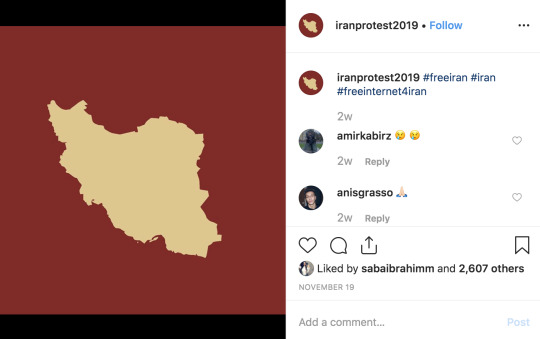
Image 1: https://www.instagram.com/p/B5DnO6BHfFN/?utm_source=ig_web_copy_link
Many also made the issues a priority as they posted and shared videos from inside Iran. Some of these videos contain extremely graphic imagery showing militarized police brutally beating, shooting, and even killing peaceful protestors. Although the internet was shut down, a few videos were able to surface and especially several videos were shared once the internet was given back. Yet, with the government attempts to shut the eyes of the world on Iran’s corruption towards its citizens, it allowed for further conversations and numerous hashtag movements such as #FreeIran and #FreeInternet4Iran to surface. Furthermore, the conversation was flowing as numerous celebrities and political figures such as Bernie Sanders spoke regarding the issues.

Image 2: https://twitter.com/sensanders/status/1196969926441029632?lang=en
Covering this information is very important in this case because regardless of the particular reason why individual protesters may be flooding the streets, it is crucial that the world recognizes the human rights violations that are happening in a country where peaceful assemblies are so condemned that it requires the use of lethal brutality. The use of first-hand eyewitness testimony is extremely powerful as it allows for the world to listen in on the demands of the people rather than reading someone else's impression on the protests from a journalist who is not an active citizen of the country, much like in 1979. Although awareness alone is not significant enough to save Iranian people from the corrupt government they are under, it is certainly helpful. It is also very important that the world noticed the realities of what is transpiring because it is a form of protests against the government that does not want the world to see what they have been doing to their own people. Iran has a deep history of protesting and demonstrations so much so that the revolution began because of citizens voicing themselves, which gives me optimism that Iran could certainly face another form of revolution in the near future.

Image 3: https://www.instagram.com/p/B5pKkxgoaMD/?utm_source=ig_web_copy_link
Works Cited
“@iranprotest2019 On Instagram: "#Freeiran #Iran #freeinternet4iran.’” Instagram, https://www.instagram.com/p/B5DnO6BHfFN/?utm_source=ig_web_copy_link
Chan-Malik, Sylvia. “Chadors, Feminists, Terror.” The Annals of the American Academy of Political and Social Science, vol. 637, no. 1, 25 Sept. 2011, pp. 112–140., doi:10.1177/0002716211409011.
“Iran Protest Death Toll Rises to 208 People since 15 November.” Iran: Death Toll from Bloody Crackdown on Protests Rises to 208 | Amnesty International, Amnesty International, 2 Dec. 2019, https://www.amnesty.org/en/latest/news/2019/12/iran-death-toll-from-bloody-crackdown-on-protests-rises-to-208/.
Neyestani, Mana. “The Waves of Blood .” Instagram, 4 Dec. 2019, https://www.instagram.com/p/B5pKkxgoaMD/?utm_source=ig_web_copy_link.
Sanders, Bernie. “All People Have the Right to Protest for a Better Future. I Call on the Iranian Government to End the Internet Blackout and Stop Violence against Demonstrators. Https://T.co/mB45vFDNy5.” Twitter, Twitter, 20 Nov. 2019, https://twitter.com/sensanders/status/1196969926441029632?lang=en.
1 note
·
View note
Text
The Powerful Tool of Expression Named Fashion and Its Influence In Representing Modern Asian Women
In life, almost all individuals want to represent their appearance in a way that reflects their values and personalities, a popular tool to do so is through fashion. There have been deep-rooted histories for Asian women to dress modestly, however, many have begun hybridizing such modesty into new constructions of contemporary fashion that fuses traditional and modern values. In this blog, I relate the way modern Asian women dress as the corporeal—the materialistic gadget that manifests women’s incorporeal identities, wills, ideals, and agencies. Through the use of clothing, corporeal representations blend with women’s incorporeal agencies. I will discuss the ways some Bangladeshi middle-class modern women have begun fusing traditional and modern beliefs within their choice of clothing. Next, I will compare this to my autobiography as an Iranian woman by connecting this to the ways many women living in Iran have used fashion to protest against the constraints of the Iranian government that has chosen for them how they are obligated to dress, this is based on my own experiences living in Iran.
In the article “Bangladeshi New Women’s Smart Dressing: Negotiating Class, Culture and Religion” by Nazia Hussein, She explains that Bangladeshi new women are represented in the media as educated, bold and desire freedom, through stylized clothing and “make-up in the workplace, as opposed to playing roles of mothers and housewives” (Hussein 102). Bangladesh women’s traditional normative clothing practices include the sari and the salwar kameez (105). Hussein explains the generational shifts that have occurred as the once more commonly worn sari has become “termed as ‘ethnic’ dress suitable for occasion wear only” (105). Traditionally kameezes were worn until soon after young girls hit puberty as that was the usual time they would get married. But, with the societal shifts “South Asian women began to marry later” (105) [causing them to be faced] with a dilemma of what to wear when they were single adults. Now, for many women, they believe that the salwar kameez is more suitable for their modesty beliefs (105). However, the most commonly worn attire in Bangladesh is “jeans and trousers paired with shirts” (106).
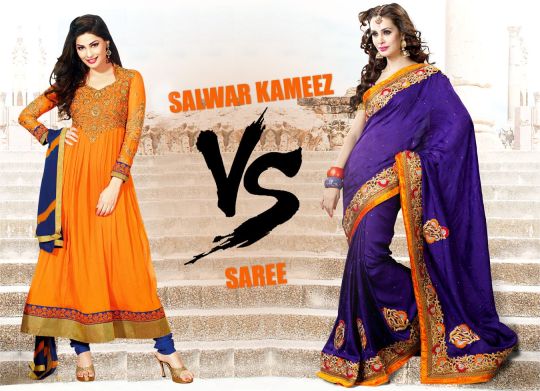
Photo 1: Illustrates the difference between the Salwar Kameez and Sari
The hybridization that occurs is through finding suitable attire that combines “desexualized” western clothing such as long sleeves and “embellishments and accessories” (106) that represent Bangladeshi aesthetics. This way of using western clothing but incorporating traditional ideals is seen as the “strategic and political nature of developing their self-defined identities” (107). For instance, As Thirty-year-old Naz states, the style of the salwar kameez is “constantly changing and we have to keep up to date”, kameezes have shifted as they are now sleeveless or short-sleeved, tight-fighting and traditional scarfs are worn on the side rather than covering the chest (107). The way of dressing is seen as symbolic of one’s class and aesthetic and is a “site where they demonstrate their agency”(115). Through subtle changes that occur through generations, Bangladeshi women are representing themselves in a way that they believe fits their modesty needs.
In Bangladeshi culture, beliefs of dressing modestly are imposed by the surrounding culture rather than laws that require it. On the contrary, women living in Iran have been obligations to wear hijabs by law following the Iranian revolution. If they defy this law they can face harsh punishments which include “jail time, fines, even 74 lashes with a whip” (Bucar 2018) by the hands of ‘morality police’. Many middle-class secular Iranian women have become increasingly dissatisfied by laws that make hijabs compulsory. This is shown through hashtag campaigns such as “White Wednesdays” where women wear white hijabs on Wednesdays to share solidarity with other women who disapprove of compulsory hijabs or don’t wear them at all. Although, due to its dangerousness, Iranians have utilization fashion to protest and express themselves. This is through dressing within the law but still incorporating western and modern fashion. From my experience of living in Tehran, I noticed a dichotomy between the young generation and older as well as different classes. The older generations (as well as lower/working class) tend to be more traditional, whereas some of the younger generations have started testing the limitations of what a hijab is. Since there is no definition of what a hijab is in the penal codes, many have begun hybridizing traditional hijabs and western ideals by wearing looser scarfs that reveal more hair, jeans, western brands, designer and more. Although this may be looked down upon by certain religious people, it is nonetheless abiding the law making it a sort of loophole that many Iranian women are comfortable taking part in. Below I have provided some photos of the dichotomies seen through the streets of Tehran:

Photo #2: Dichotomies of Iranian women’s fashion between different beliefs of modesty
Conclusion
The agencies and beliefs of women are shown through their fashion as they make choices that reflect their political and cultural beliefs. Although in Bangladesh, “Sexualized” western clothing is still seen as unacceptable, they are shifting the narratives as they wear other “desexualized” western clothes but still fitting within respectable fashion. They find “ a ‘good balance’ between respectable national cultural clothes and fashionable western clothes” (101). Similarly, Iranian women continue this narrative as they dress within the modesty boundaries of the state but with hybridizing it with western clothing, allowing their agencies and desired aesthetics to shine through while not fearing the morality police. Although I dream of an Iran where women have the choice of wearing a hijab or not, I also believe that it will not be an overnight shift, rather it takes small protests and actions that normalize westernized aesthetics. It is important to note that protestors of compulsory hijabs in Iran are not hateful of the hijab itself, but rather the government that polices their bodies and chooses for them. Below I have gathered some photos that show how many young Iranian females have decided to represent their incorporeal ideals within corporeal structures of clothing.
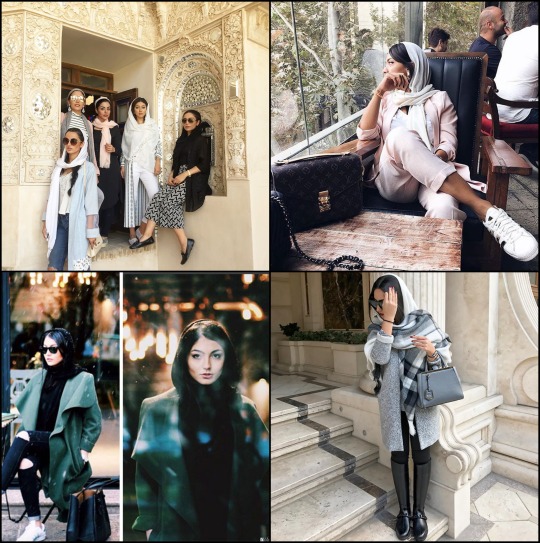
Photo #3: How some Iranian women dress that incorporates western styles but is still seen as legal
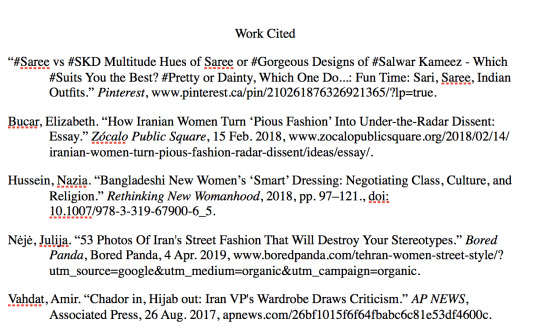
0 notes
Text
Whiteness Equates To Beauty in Contemporary Asia
Growing up I often heard the phrase, “I wish I was more tan”, but I was surprised to learn that the opposite is said today in certain Asian countries where numerous non-white women are longing for a complexion that is whiter than their natural skin colour. This has commenced to the increased usage of skin whitening treatments that are advertised as beautifying. The beauty standard of whiteness that is popular in modern Asian society draws back to the institutional legacies of colonization and imperial feminism, as well as the modern advertisements used to further establish racial hierarchies. First, I will discuss the racist doctrines colonists’ implicated on Asian people and the racial binaries that were reinforced. Next, I will explain the consequences of imperial feminism that was used to assert racial superiority. Lastly, I will examine the advertisements that continue the rhetoric of relating whiteness with power and beauty.
Colonialism has conceived many world issues and detached colonized peoples from many aspects of their culture including their languages, philosophies, religions, and homelands. This colonization primarily conducted by European domination has influenced considerable aspects of everyday life. Colonialism further employed racism and nationalism in their policies and laws which further fortified the idea of distinctive binaries between white and coloured people. Ann Laura Stoler speaks on this and the colonial exclusionary and discriminatory practices inflicted on Southeast Asia, in particular, to discriminate against mixed-race offsprings and sexual relations. In French Indochina and Netherlands’ Indies, the volume of the metis population was seen to be a “dangerous source of subversion” and a threat to white prestigiousness (Stoler 515). In these colonies, laws were created to prevent mixed-raced relationships and children by rejecting metis as a distinct legal category (516). These bigoted remarks instilled the idea of inferior and superior races that can translate defectively in the subconscious of colonized people.
Imperialist feminists advanced the binaries of races by asserting “their transnational moral superiority” by prevailing themselves as barriers of interracial relations while subsequently maintaining an image of being bearers of racialized “heteronormative traditions and feminine respectability” (Coloma 245). By utilizing the education system, white educators engraved Victorian femininity into the minds of young Filipina girls by devising curriculums that teach “sewing, embroidery and housekeeping” (257). These curriculums created the notion of being a respectable female which is transparent in modern Asia as the new Asian woman is often encouraged to uphold Victorian feminity that was taught to younger generations. Imperial feminists are inturn seen as heroines and as privileged due to the superiority they assert. This produces this longing of desire to share those privileges which I argue appears in many forms such as complying with victorian feminist ideals or the act of making oneself appear more white. These practices are due to the forces that historically produced European hegemony and racial hierarchies.
Skin-whitening is a multibillion-dollar industry, but it is problematic as it associates pale skin with privilege, comfortability, higher socioeconomic status, and often seen as contributing to matrimonial desires. Currently, in the Philippines, there are aisles dedicated to whitening products (as cited in Tai & Sukumaran 2019). These products continue to advertise a belief that achieving white skin leads to a purposeful life as well as “acceptance, fame, men, money, or class mobility” (as cited in Tai & Sukumaran 2019). In an advertisement for Ponds, a product called “White Beauty” was marketed towards particularly Indian women as it utilized a popular Bollywood actress, Priyanka Chopra.
vimeo
In this advertisement, the lady is seen to be going through a breakup and amid her heartbreak, she stumbles across Ponds White Beauty cream, once she uses the product her ex-boyfriend begins to fall in love with her due to her new white beauty. This sends a message that you will find love if you are “white”.
The next advertisement is for a Filipino company called GlutaMax, this advertisement translates to “Just because she’s fair-skinned, she was given a seat on the bus? Isn’t that unfair?” and continues by sharing a statistic that 3 in 5 Filipinos believe fairer skinned people receive better treatment than others. I find it disturbing that the bottom right corner says “your fair advantage” because instead of addressing the problems with the disproportionate treatment, it advertises that the solution to gaining an advantage is buying their product and becoming fair.

These companies profit off of the beauty standards that are largely rooted in colonialism and imperialism and often are comprised of very harmful chemicals that pose serious medical issues. They also pity and shame natural dark skin and praise fairness.
These representations of the beauty standards of modern Asian women relate to my autobiography as an Iranian. Although the issue of skin whitening is not as prevalent, the rise in nose jobs are. It has become a running joke that Iranian women get plastic surgery to look white as they change their face and dye their hair blonde. These beauty ideals come from social media and the rise in advertisements for plastic surgery as well as social pressures to “fix” one's nose. I can not remember a time where I wasn’t insecure about my nose but as I grew older, and noticed my family members and Iranian friends got nose jobs not to make their noses smaller, but to make their noses look like ones from popular white women. Knowing this, it made me recognize that there is nothing wrong with my nose but with the society that tells us that our noses aren’t beautiful when in actuality they simply just do not look like those of white people.
Colonialization and imperialism shape the beauty ideals of the modern Asian women, due to the historical doctrines, policies, and laws used to discriminate against Asian people which created a ripple effect of setting distinctions between races and inforcing supremacy. The uses of imperialist education also continued down generations causing the ideals many modern Asian women have such as upholding Victorian femininity. Lastly, these ideals of superioress and inferiorness between races are still being represented to Asians in the forms of advertisements that hope to profit off of beauty standards that equate whiteness with beauty and transcendence.

4 notes
·
View notes
Text
I STAN SO HARD OH MY GOD
That one single tear broke me to pieces

3K notes
·
View notes
Text
ghfjrvifiskend
arya fucks once - gets proposed to
jon fucks once - kings landing burned down bc her dick appointment got cancelled
robb fucks once - gets married
look, all i’m saying is the starks are a talented family
2K notes
·
View notes
Text
JDIUDISIKCIEOAOSJFKSAK I FORGOT PEOPLE NAMED THEIR CHILD AFTER HER FJVJFJEJEJEIAICCUISKA. AHAHAHCHSJJSJCJA SHIFKISJSFNF CUCKSKDJGJSJAN FUCKFVUBIBIVIS I CANTBTHISNIS TOOO FUNNY
To every baby and child called Daenerys or Khaleesi:
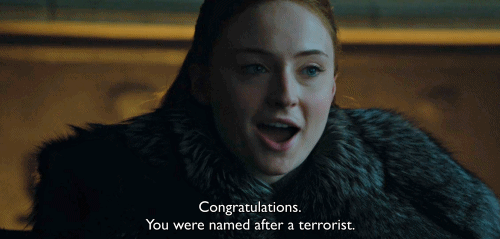
3K notes
·
View notes
